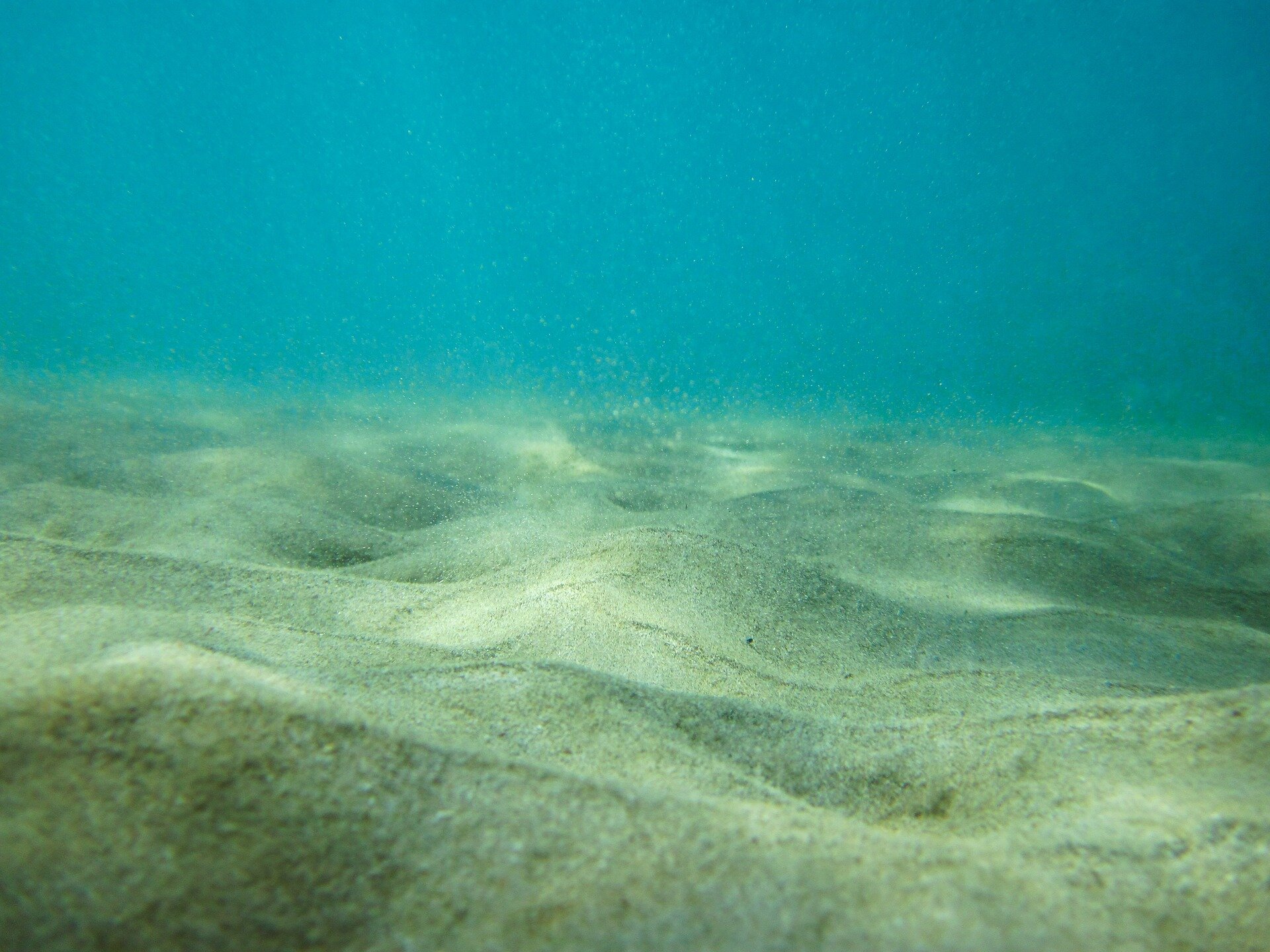× close
While Atlantis—a fabled continent said to have been swallowed by the sea—continues to elude its seekers, another long-lost and less famous land mass has been discovered at the bottom of the ocean.
The splintered remnants of Argoland, a 155 million-year-old continent that once stretched as wide as the United States, were recently located throughout the Indian Ocean and Southeast Asia.
“Finding Argoland proved challenging,” geologists wrote in a pre-print study posted Oct. 19 in the journal Gondwana Research.
“We spent seven years putting the puzzle together,” Eldert Advokaat, one of the study authors, said in a university news release.
Argoland is believed to have broken off from Australia during the late Jurassic period, when Brachiosauruses and Stegosauruses roamed the Earth. Over the millennia, it then drifted toward Southeast Asia before eventually disappearing.
Researchers have long suspected the continent once existed, as evidenced by a “void” or basin it left behind known as the Argo Abyssal Plain. But no remnants of such a land mass had ever been found.
“If continents can dive into the mantle and disappear entirely, without leaving a geological trace at the earth’s surface, then we wouldn’t have much of an idea of what the earth could have looked in the geological past,” Douwe van Hinsbergen, one of the study’s authors, said in the release.
But finally, the continent’s rocky crumbs have been spotted. Dutch geologists detected traces of the lost land mass in the form of tectonic “mega-units,” which are scattered on the ocean floor and embedded within small islands.
Parts of the continent, which once extended over 3,000 miles, were “hidden beneath the green jungles of large parts of Indonesia and Myanmar,” researchers said.
Using these remains, geologists were able to meticulously map out Argoland’s slow destruction, which they then recreated in a video.
It appears to have fractured into an archipelago during the Late Triassic period, parts of which later plunged into the sea, researchers said.
Other lost continents underwent similar processes, including Zealandia, a submerged mass near Australia, and Greater Adria, a continent once located in the Mediterranean Sea.
Piecing together the life and death of continents is “vital for our understanding of processes like the evolution of biodiversity and climate, or for finding raw materials,” van Hinsbergen said in the release. “And at a more fundamental level: for understanding how mountains are formed or for working out the driving forces behind plate tectonics.”
More information:
Eldert L. Advokaat et al, Finding Argoland: reconstructing a microcontinental archipelago from the SE Asian accretionary orogen, Gondwana Research (2023). DOI: 10.1016/j.gr.2023.10.005
2023 The Charlotte Observer. Distributed by Tribune Content Agency, LLC.

Dr. Thomas Hughes is a UK-based scientist and science communicator who makes complex topics accessible to readers. His articles explore breakthroughs in various scientific disciplines, from space exploration to cutting-edge research.








